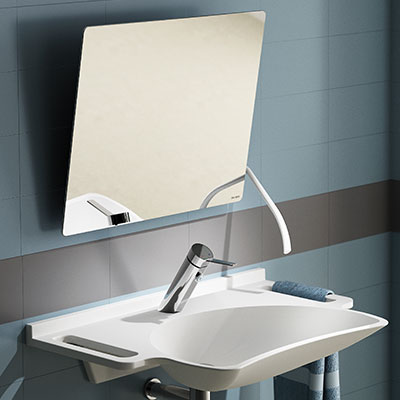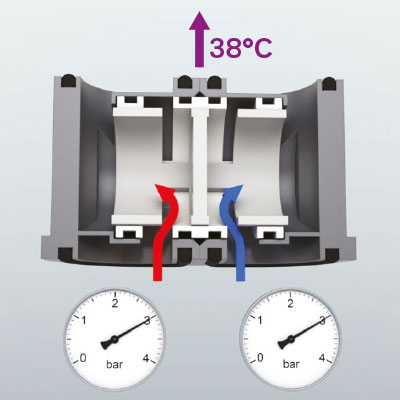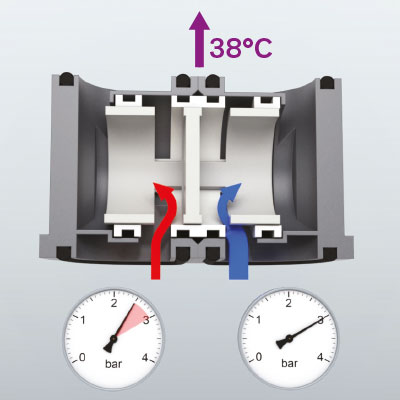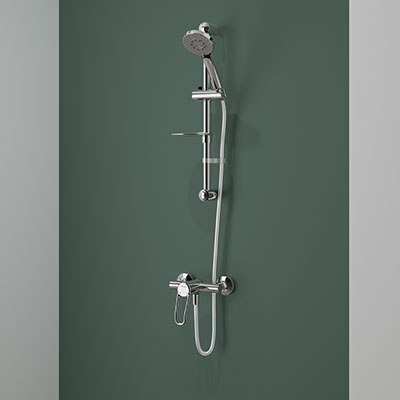Why choose a mechanical pressure-balancing (EP) mixer?
To reduce the risk of bacterial development and, in particular, legionella in nursing homes, hospitals and clinics, Health and Safety Executive (HSE) guidance recommends that healthcare facilities produce water at high temperatures.
Hot water must be distributed so that it is delivered to the outlet at 55°C within one minute of turning on the tap.

Nowadays, at an international level, hot water is responsible for 20 - 30% of all burns. A French study calculates that a child can receive 3rd degree burns within 1 - 2 seconds at 60°C, while it takes 5 seconds for an adult.
The risk of scalding increases considerably, especially for hospitalised people who are more sensitive and have slower reflexes.
Therefore, it is advisable to maintain the maximum hot water temperature while minimising the risk of scalding by installing safety devices.

Generally, a simple solution exists and is fitted to all of DELABIE's mixers: a maximum temperature limiter that prevents the user from being exposed to scalding hot water. This genuine safety is based on the assumption that hot and cold water are supplied in the same proportions (flow rate, pressure, etc.). However, in the context of the hospital environment, this assumption is undermined by the fact that the water system serves multiple rooms, occupied by different users wishing to drink, wash their hands, or even take a shower. These multiple demands can cause pressure variations and create significant temperature changes.

EP technology provides automatic and instant anti-scalding safety. If the cold water supply fails, the hot water flow rate is reduced, preventing any risk of scalding for the patient.
Conversely, if the hot water supply fails, the cold water flow rate is reduced. With the shower mixer version, any risk of a cold shower, which can cause loss of balance or falls, is avoided.

Finally, the EP cartridge also avoids the installation of pressure balancers or regulators upstream of mixers or taps, which are often complex devices containing large cavities and several membranes, which provide niches where bacteria can develop.



